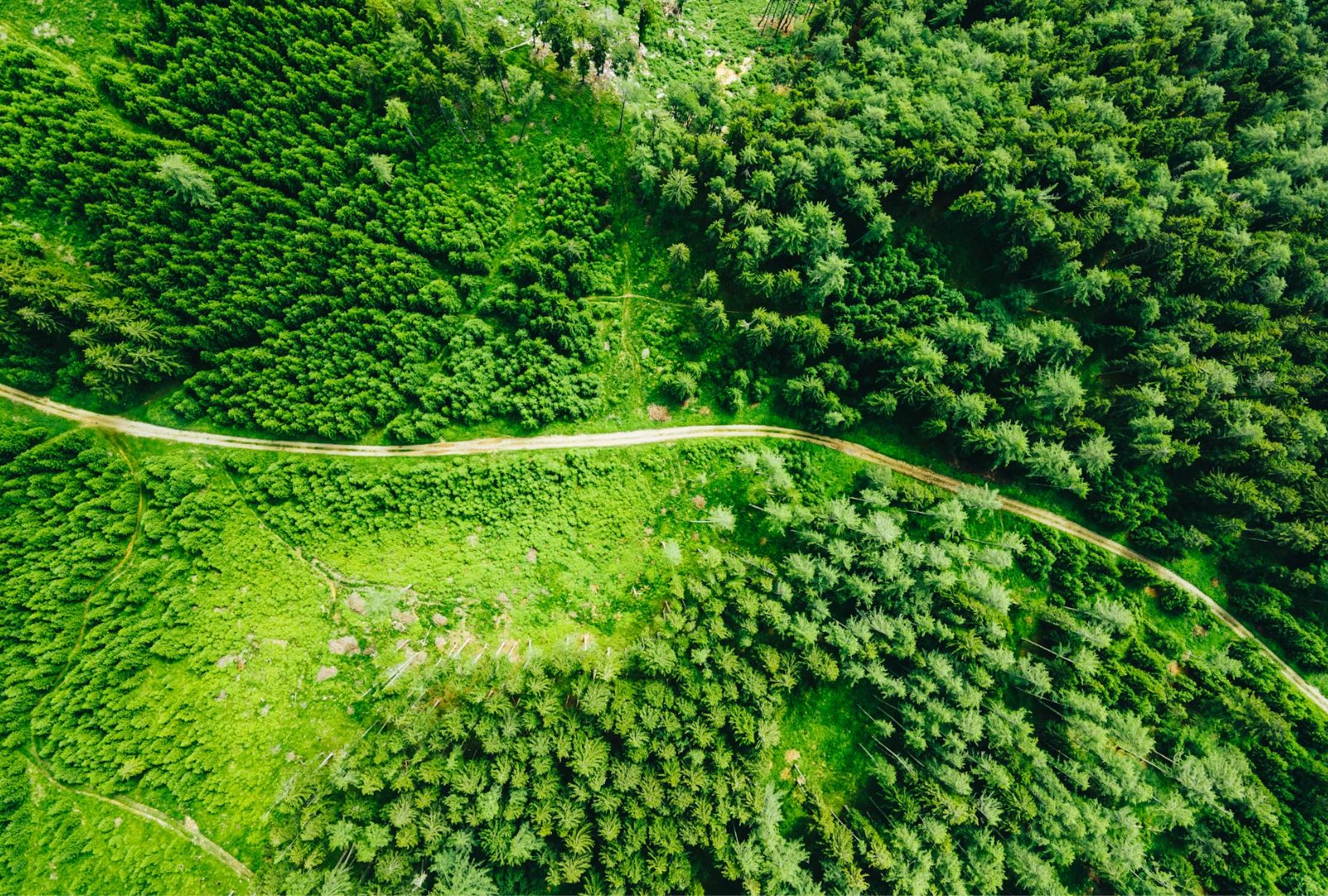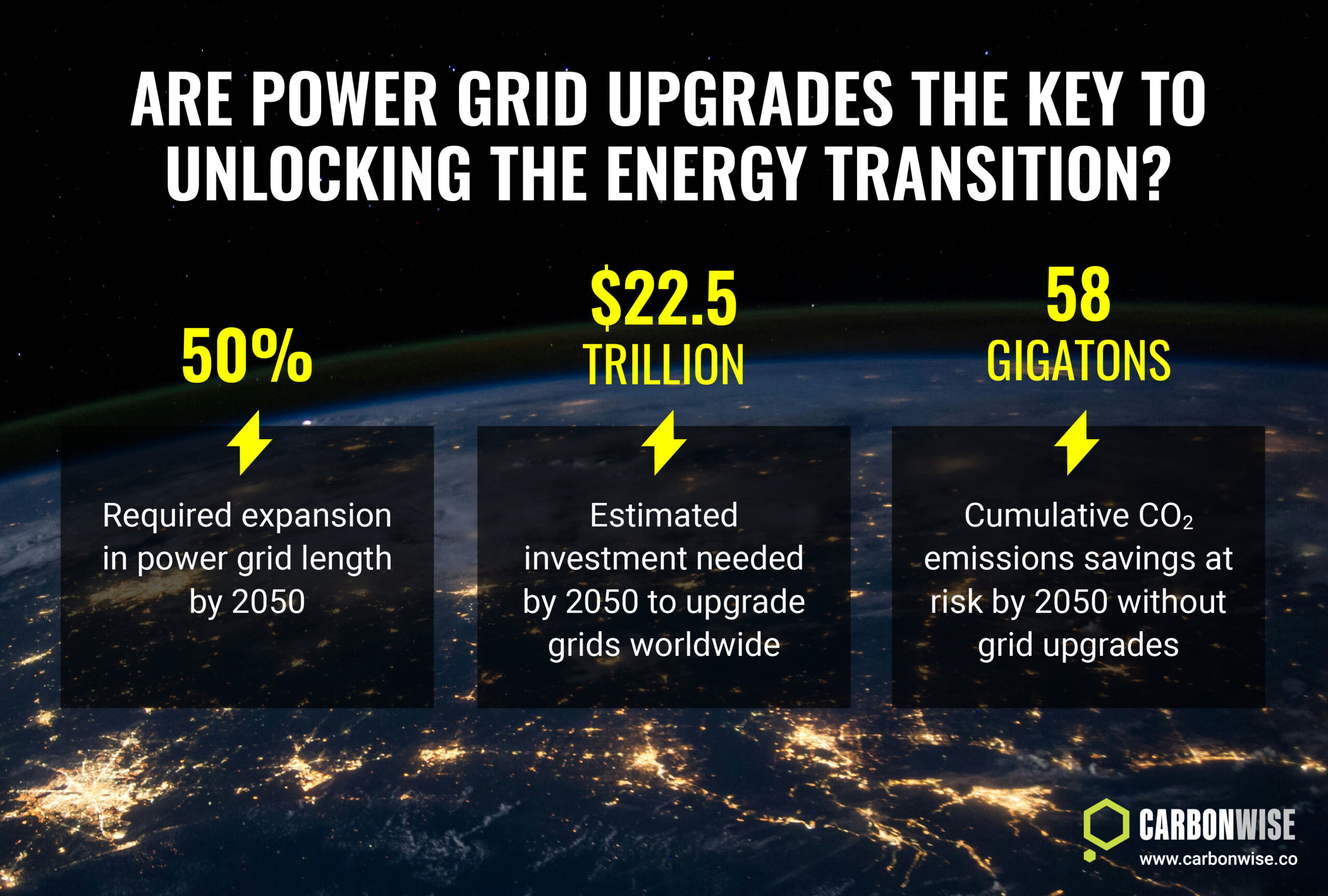This month an article by Bloomberg, reporting on a study by Sylvera, caught our eye.
The study asserted that forests could be storing up to twice as much carbon dioxide as earlier thought. Recent technological advancements mean climate researchers are using drones, satellites and sensors to measure with greater accuracy the carbon reductions and removals that forests are achieving.
This development shines a light on the way in which carbon standards set benchmarks for measuring reductions in greenhouse gases and how their role constantly evolves.
Climate science has been studied for more than 150 years. During this time, our understanding of human impacts on our environment has deepened immensely.
When carbon credits were first developed as part of the Kyoto Protocol in the 1990s, carbon reduction measurement was still in its infancy. Over the next 30 years, it has evolved into a science in its own right, guided by a deeper understanding of natural processes and advancements in technology.
The first carbon crediting methodologies used the best available science and technology at the time, but as the marketplace has changed and grown over the years, so has our ability to measure carbon more accurately.
As a result, some methodologies have been updated several times, enhancing the reliability and certainty of the projects they govern.
This has had a knock-on effect in the market for carbon credits and illustrates why vintage is such an important attribute of credits.
The vintage of a credit denotes the year in which the emission reduction that it represents took place. It also coincidentally denotes which version of the project methodology was in place at the time the credit was issued.
It’s important to bear in mind that credits issued under earlier versions of a methodology still represent the state of the art in carbon measurement – at the time they were issued. While improvements have been made since then, these ‘older’ credits represent the best calculations available when they were generated.Nevertheless, the marketplace clearly shows that corporate buyers prefer ‘newer’ credits, which represent emissions reductions achieved under the most recent methodologies. These credits are seen as more accurate, and prices can reflect this.








